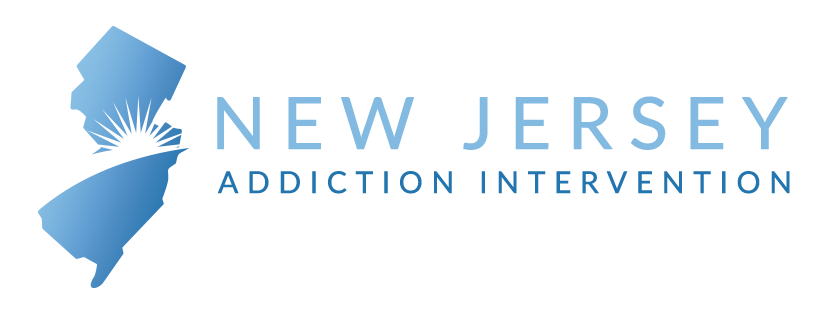Adolescent and teen drug abuse are more common than most people think. In fact, research has shown that people are more likely to begin abusing substances during their early teen years and young adulthood.
According to the National Institute on Drug Abuse (NIDA), “By the time they are seniors, almost 70 percent of high school students will have tried alcohol, half will have taken an illegal drug, nearly 40 percent will have smoked a cigarette, and more than 20 percent will have used a prescription drug for a nonmedical purpose.”[1]
But why are adolescents and teenagers more susceptible to substance abuse? Experts have found links between adolescent behavioral patterns and the development of addiction.
Parents need to be aware of the risk factors and behaviors that indicate a high likelihood of teenage drug abuse.
How Does the Brain Make Teens More Susceptible to Substance Abuse?
Adolescents and teenagers are more susceptible to abusing substances and becoming addicted to drugs or alcohol. While there are many social, emotional, and behavioral risk factors for teen drug abuse, their physiological factors play a part as well.
The brain stops developing around the age of 25. This means that people under the age of 18 do not have a brain that is fully formed, making them unequipped to properly cope with emotions and impulses. In other words, individuals in the adolescent or teenage stage of life are more prone to risk-taking and impulsive behavior.[2]
Additionally, when a teenager abuses drugs for the first time, their brain will experience a surge of dopamine and serotonin. Because their brain is not fully developed, it does not know how to differentiate between chemical sources of happiness and natural ones. This causes teenagers to fall into the grasp of addiction at a much faster rate than adults.
The Common Risk Factors for Addiction in Adolescents
In addition to the physiological risks of adolescent drug addiction, there are an array of social and emotional factors to consider. When a young person experiences something traumatic or emotionally difficult, their underdeveloped brain is not equipped to properly regulate their emotions. Because of this, experiencing hardships at a young age puts adolescents and teenagers at a high risk of developing mental health issues and addiction.
The common risk factors for addiction in adolescents and young adults include:
- Mental health problems
- Poor self-image and low self-esteem
- Insufficient parental monitoring
- Emotional, physical, or sexual abuse ‘
- Rejection from family members
- Struggling with gender or sexual identity without support
- Witnessing substance abuse in their home
- Peer pressure
- Untreated trauma
It is important to note that teenagers who struggle with mental health conditions like anxiety, depression, or PTSD without proper support and treatment face a high risk of developing a co-occurring substance use disorder. Teenagers who begin to self-medicate their mental health conditions are more likely to suffer from addiction, participate in risky sexual behavior, get into legal trouble, or develop violent tendencies.
Recognizing Teen Behavioral Patterns that Lead to Addiction
Every parent has struggled with understanding why their child is behaving in a certain way at one point. Oftentimes, teenagers have a hard time coping with situations that make them emotional. In many cases, it may seem as if they are being overdramatic, however, their behavior is most likely indicating an underlying issue that needs addressing.
When these behaviors are ignored, teenagers tend to spiral even further. Oftentimes, this is done to receive the help and attention they need. Unfortunately, without proper support and professional treatment, this behavior can quickly turn into substance abuse and addiction.
Signs of teen behavioral patterns that are linked to substance abuse and addiction include:
- Declining academic performance
- Defiance or rebellious behavior
- Sudden changes in appearance
- Aggressive or violent behavior
- Changes in personality
- Skipping school
- Frequent anxiety or panic attacks
- Depression
- Changes in eating and sleeping patterns
- Self-harming behaviors (cutting, scratching, burning, etc.)
- Changing friend groups
- Frequent fights and arguments
- Withdrawing from family and friends
How Can Parents Combat the Risk Factors of Adolescent Drug Abuse?
First and foremost, parents need to be aware of the risk factors of underage substance abuse. Additionally, parents of teenagers should become educated on mental health conditions and substance use disorders to gain an understanding of the mental, physical, emotional, and behavioral aspects of addiction.
Parents can work with their children to combat the risk factors of adolescent drug abuse by being open and honest during discussions with their children and by remaining vigilant in identifying the signs of addiction.
According to the National Institute on Drug Abuse, parents can lower their child’s risk of developing a substance use disorder by [3]
- Displaying and teaching their children good self-control
- Being vigilant in monitoring and supporting their children
- Displaying positive relationships in the home
- Helping their child remain competent in their academics
- Making it clear that drug and alcohol abuse are unacceptable by displaying abstinence themselves
- Providing them with a sense of community (i.e. positive neighborhood, getting involved in extracurriculars, frequent family gatherings)
Finding Treatment for Teenage Addiction and Co-Occurring Disorders
If your child is struggling with drug addiction, mental health issues, or a combination of the two, finding them professional treatment is extremely important. While it can be difficult to find a reputable addiction treatment center for an adolescent, New Jersey Interventions is here to help.
At New Jersey Interventions, we work to provide families with the support they need. Whether your child needs an intervention or admittance to professional drug rehab, we have got your back. Contact us today for more information on finding treatment for teen drug addiction and co-occurring mental health conditions.
References:
Medically Reviewed: April 13, 2022

All of the information on this page has been reviewed and verified by a certified addiction professional.

